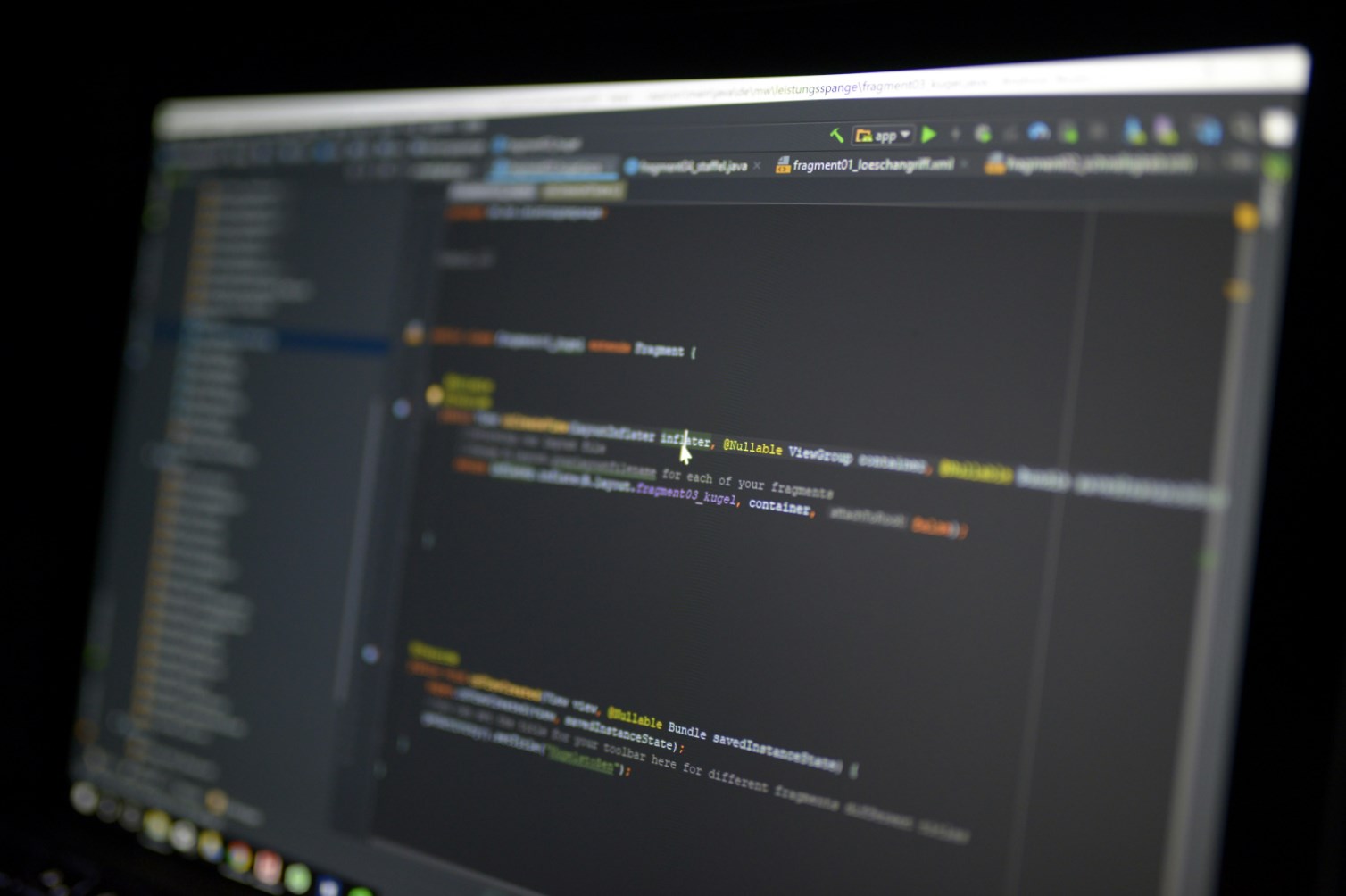How to Update Java on macOS

Updating Java on your system is a critical task that ensures the smooth functioning of applications and websites reliant on this technology. Java updates not only enhance performance but also bolster security by patching vulnerabilities.
This article will guide you through updating Java on MacOS, covering fundamental steps as well as advanced techniques to streamline the process.
Getting Started with Java Updates
Official Java Website:
- Begin by visiting the Java download page.
- Download the most recent Java version.
- Execute the installer and follow the on-screen prompts.
- Post-installation, verify the update by executing java -version in your terminal. The output will confirm the updated Java version, indicating a successful update.
This method represents the basic approach to updating Java. However, managing multiple Java versions and understanding the update process in-depth are essential skills for users who rely heavily on Java.
Updating Java on MacOS
- Open a web browser and navigate to the official Java website: https://www.java.com/en/download/.
- Click the ‘Java Download’ button and proceed with the download.
- Run the downloaded installer and adhere to the installation prompts.
- Verify the update by opening Terminal and typing java -version. The output confirms the newly installed Java version.
The Importance of Java Updates
Java updates are crucial for accessing the latest features, ensuring system security, and optimizing performance. Each update includes bug fixes, enhancements, and occasionally new functionalities.
The Java Update Process
Updating Java involves downloading the new version from the official website, running the executable file, and following the installation prompts. The installer typically handles older versions by replacing them with the new installation.
Configuring Java Update Settings
On MacOS, update settings are located under System Preferences > Java > Update, allowing users to manage update preferences directly.
Managing Multiple Java Versions
For users, particularly developers, who need to test applications across different Java versions, managing multiple installations is vital. Mac users can leverage the update-alternatives command to switch between Java versions, ensuring flexibility across development projects.
Troubleshooting Java Update Issues
Common issues during Java updates include installation failures, outdated versions persisting post-update, and conflicts between multiple Java installations. Solutions range from reinstalling, rebooting the system, to using system-specific commands to ensure the correct Java version is active.
Understanding Java’s Release Cycle
Oracle releases Java updates bi-annually, introducing security fixes, performance improvements, and new features. Keeping abreast of this cycle aids in planning and executing timely updates.
JDK vs. JRE: Knowing the Difference
The Java Development Kit (JDK) is essential for developers to write Java applications, encompassing the Java Runtime Environment (JRE) and development tools. Meanwhile, the JRE suffices for users who only need to run Java applications.
Setting Up a Java Development Environment
Setting up an effective Java development environment involves installing the JDK and an Integrated Development Environment (IDE), facilitating coding, debugging, and running Java applications.
Conclusion
Updating Java is a pivotal maintenance task that secures and optimizes your system. This guide has outlined the steps for MacOS, underscoring the significance of regular updates. By staying informed and proactive, users can ensure their Java-based applications and websites operate flawlessly.